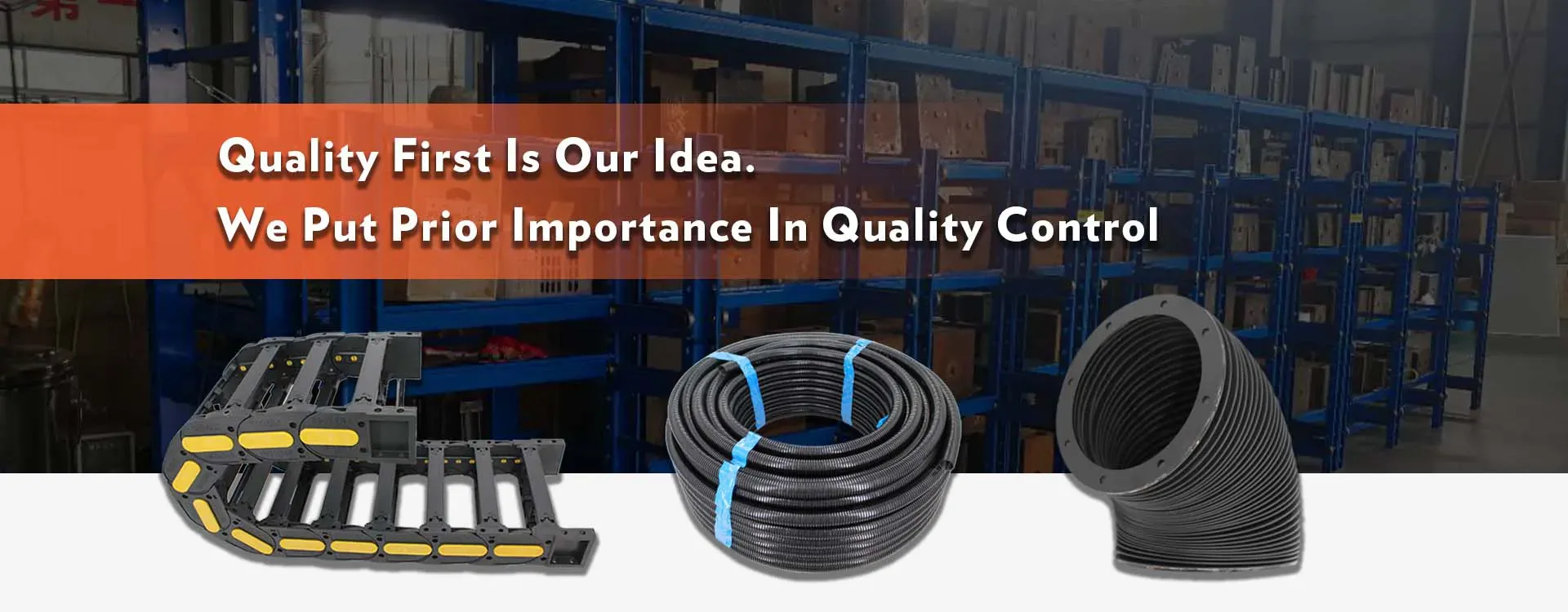Optimizing Cable Chain Performance for Enhanced Efficiency and Durability in Industrial Applications
Understanding Cable Chain Drag Insights and Implications
Cable chain drag is a crucial consideration in various industries that rely on automated machinery and robotics. As technology advances, the need for efficient and reliable cable management solutions has become increasingly important. This article delves into the concept of cable chain drag, its significance, and the implications it has for operational efficiency.
Cable chains, often referred to as energy chains or drag chains, are designed to protect and manage moving cables and hoses in automated systems. These chains facilitate the movement of cables and prevent tangling or abrasion, which could lead to damage over time. However, one of the challenges that engineers and operators face is cable chain drag.
Cable chain drag refers to the resistance encountered by the cables as they move within the chain. This phenomenon can be attributed to several factors, including the weight of the cables, the friction between the cables and the chain, as well as the speed at which the chain is moving. Understanding these factors is essential, as excessive drag can lead to increased wear and tear on both the cables and the equipment, reducing lifespan and reliability.
The implications of cable chain drag extend beyond equipment durability. High drag can cause increased energy consumption, leading to higher operational costs. In automated systems, this may also result in reduced speed and productivity, as motors must work harder to overcome the drag force. Consequently, businesses may experience delays in production timelines and dips in overall efficiency.
cable chain drag

To mitigate cable chain drag, several strategies can be employed. One approach involves selecting the right type of cable chain for the specific application. Various materials and designs are available, each with unique frictional properties that can reduce drag. For instance, lightweight materials or specially designed rollers can help minimize resistance and enhance movement.
Another effective strategy is to properly route and organize cables within the chain. Ensuring that cables are not overly tight or poorly positioned can significantly reduce friction and drag. Additionally, regular maintenance is critical. Inspecting the cable chain and its components for wear or damage can prevent potential issues before they escalate.
Educating staff about cable chain management and maintenance practices is also vital. Proper training can empower employees to recognize early signs of cable drag and to implement corrective measures promptly. This proactive approach not only extends the lifespan of the equipment but also enhances overall productivity.
In conclusion, cable chain drag is a significant factor that influences operational efficiency in various industries. Understanding its underlying causes and implications allows for better management and mitigation strategies. By investing in the right materials, ensuring proper setup, and conducting regular maintenance, businesses can significantly reduce drag, leading to improved efficiency, lower costs, and enhanced productivity in automated systems. As technology continues to progress, staying informed about innovative solutions for cable management will remain paramount in maintaining competitive advantage.








